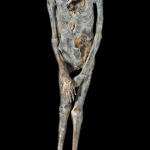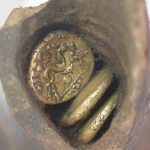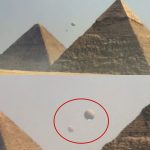Largest Ichthyosaur Fossil Ever Found in the UK Found in Rutland, England
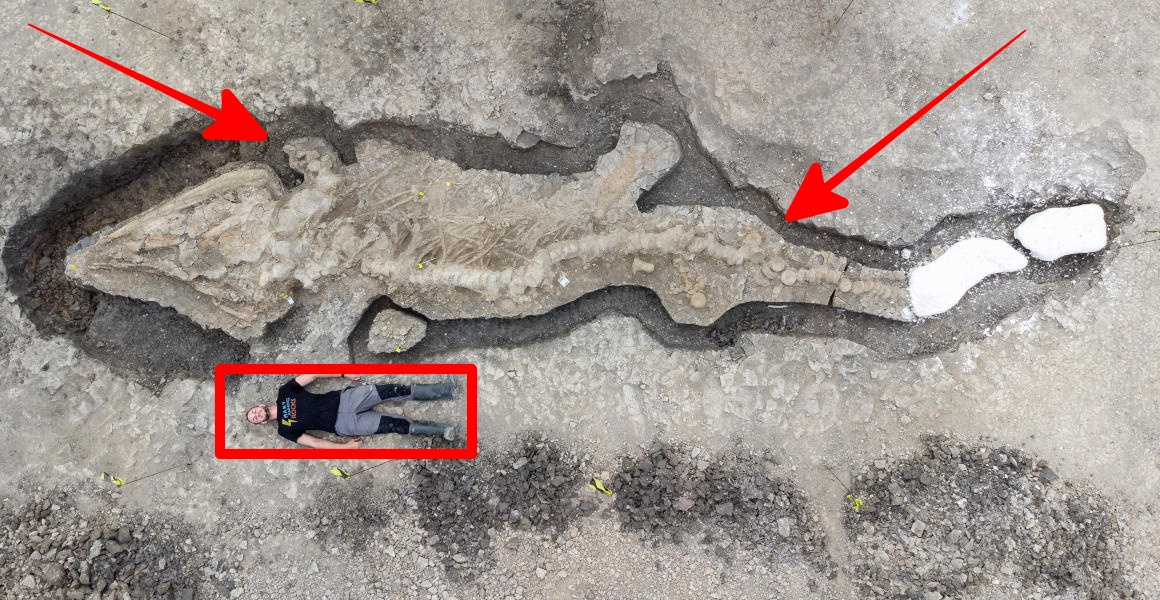
The recent discovery of the remains of an Ichthyosaur in Rutland, England, has sparked excitement and fascination among paleontologists and enthusiasts alike. Ichthyosaurs, often referred to as “fish lizards,” were ancient marine reptiles that roamed the oceans between 250 and 90 million years ago during the Mesozoic Era. Renowned for their streamlined bodies and dolphin-like appearance, Ichthyosaurs were formidable predators capable of reaching impressive lengths of up to 13 meters, or approximately 43 feet.
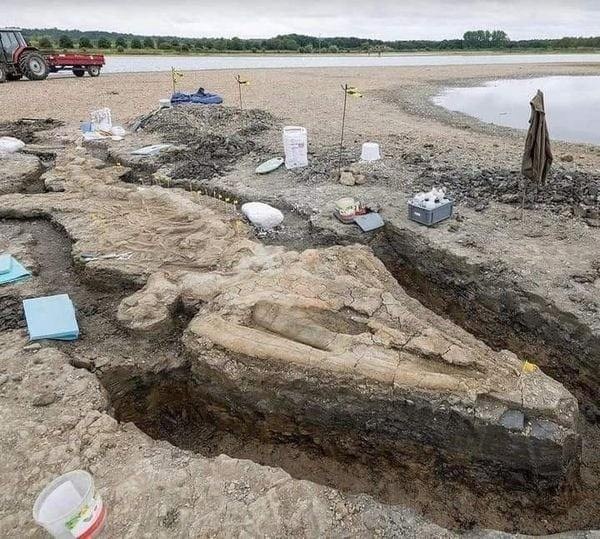
The specimen unearthed in Rutland is a remarkable find, measuring an impressive 10 meters in length. Its sheer size makes it the largest Ichthyosaur discovery ever recorded in the United Kingdom, adding to the rich tapestry of prehistoric life that once thrived in the region. As paleontologists meticulously excavate and study the fossilized remains, they hope to uncover valuable insights into the anatomy, behavior, and evolutionary history of these enigmatic creatures.
The discovery of the Rutland Ichthyosaur sheds new light on the ancient marine ecosystems that existed millions of years ago. During the Mesozoic Era, the seas teemed with a diverse array of marine life, including Ichthyosaurs, marine reptiles, and a myriad of prehistoric fish and invertebrates. These ancient oceans were vastly different from the marine environments we are familiar with today, providing a glimpse into a bygone era of Earth’s history.
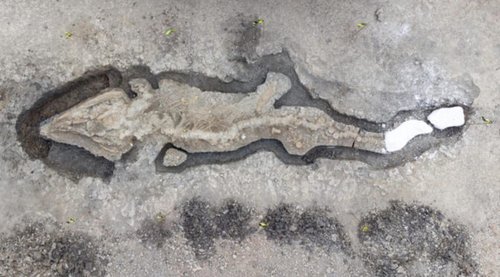
The significance of the Rutland Ichthyosaur extends beyond its sheer size and rarity. As scientists analyze the fossilized remains, they hope to unravel mysteries surrounding Ichthyosaur biology, reproduction, and ecological interactions. By studying the anatomy of the specimen, researchers can infer details about its lifestyle, such as its swimming capabilities, diet, and potential predators or prey.
Moreover, the discovery of the Rutland Ichthyosaur underscores the importance of paleontological research and conservation efforts. Fossil finds like this provide invaluable clues about the Earth’s past and contribute to our understanding of evolutionary processes and environmental change. As such, it is essential to preserve and protect fossil sites to ensure that future generations can continue to explore and learn from these ancient relics.
The Rutland Ichthyosaur serves as a poignant reminder of the dynamic nature of life on Earth and the profound interconnectedness of past and present. Through careful study and analysis, scientists aim to piece together the story of this magnificent creature and its place in the evolutionary history of our planet. As the fossil continues to captivate the imagination of researchers and the public alike, it serves as a testament to the enduring allure of paleontology and the wonders of the natural world.








